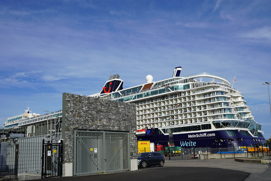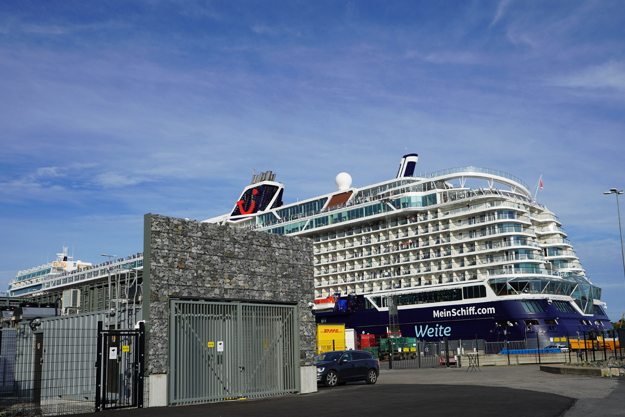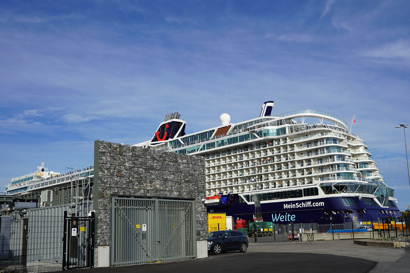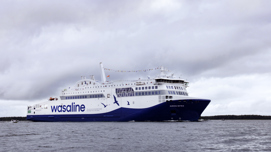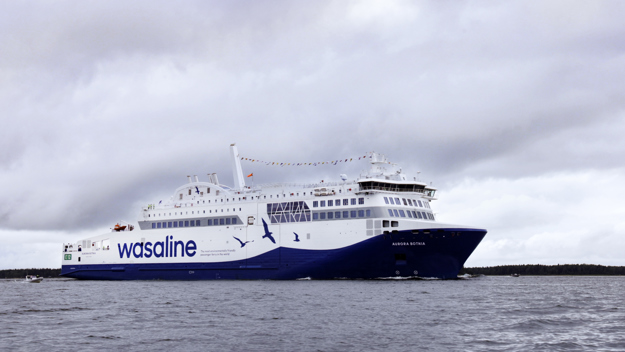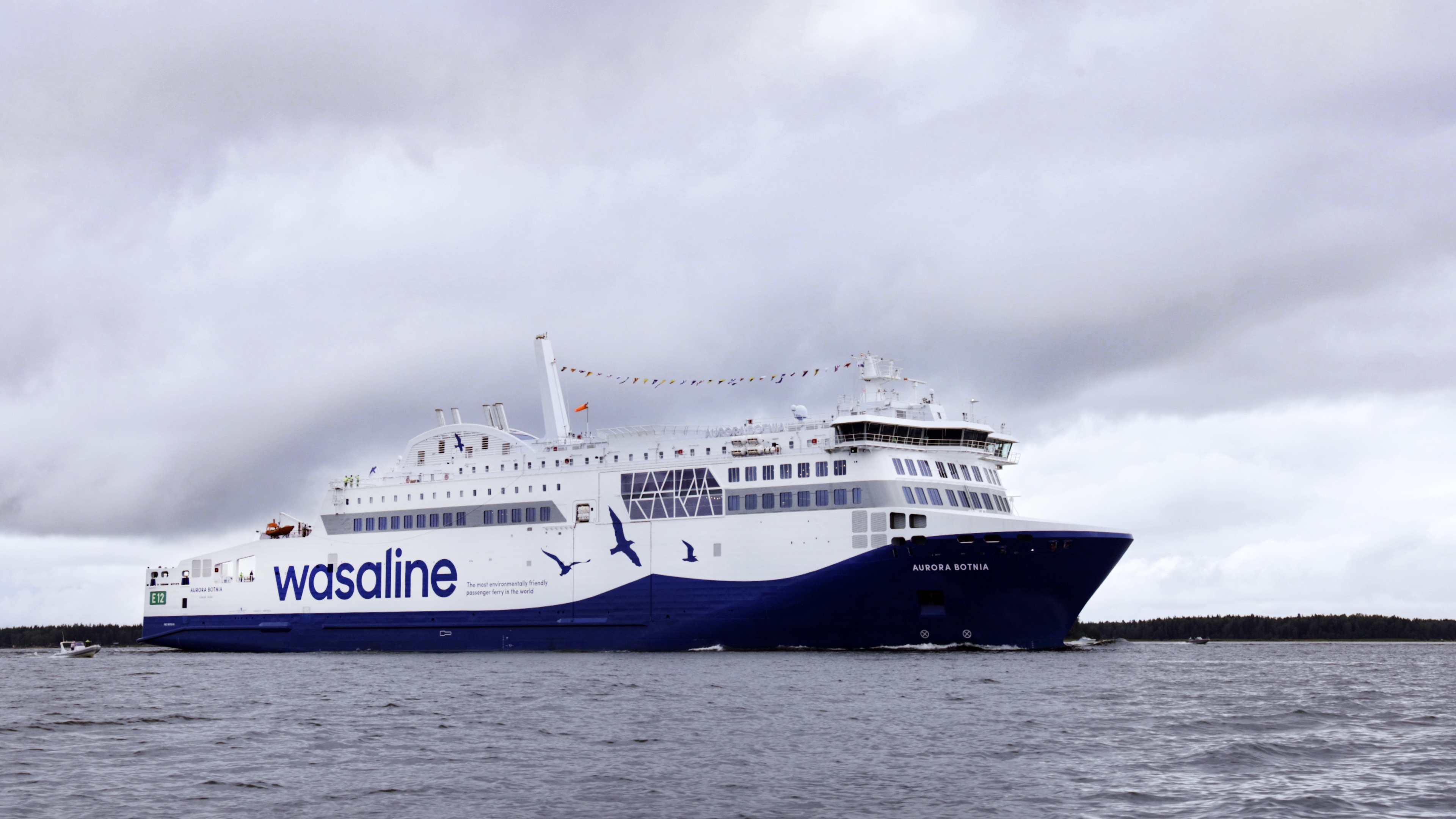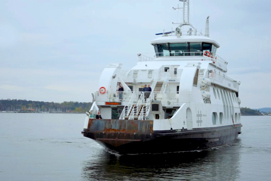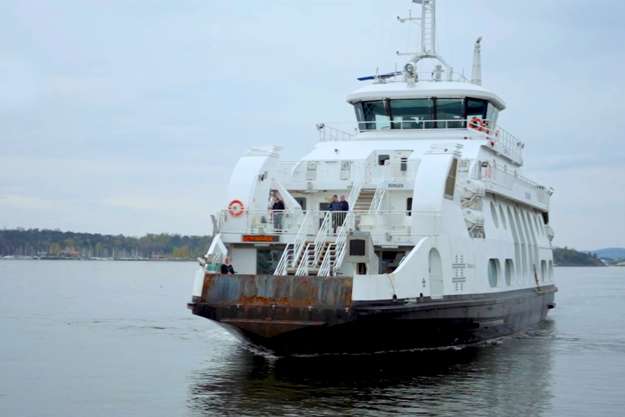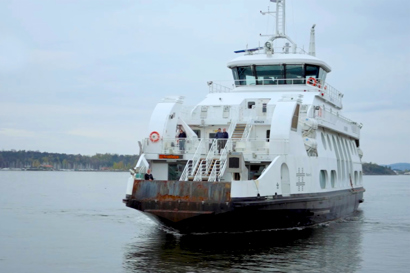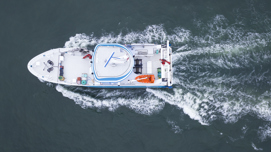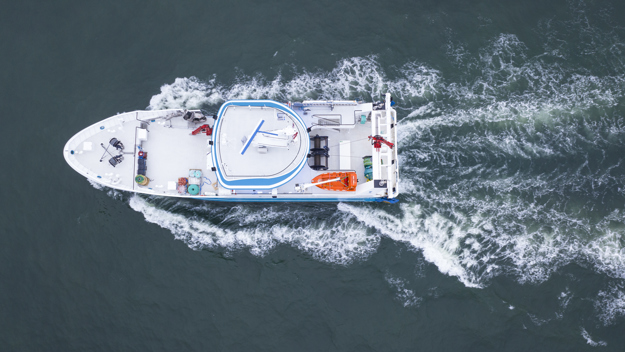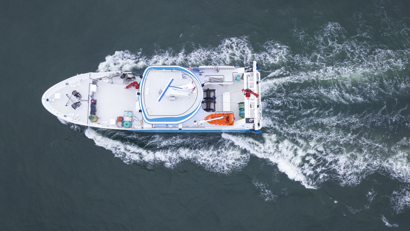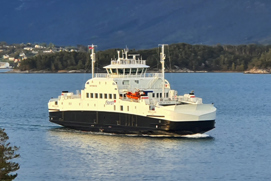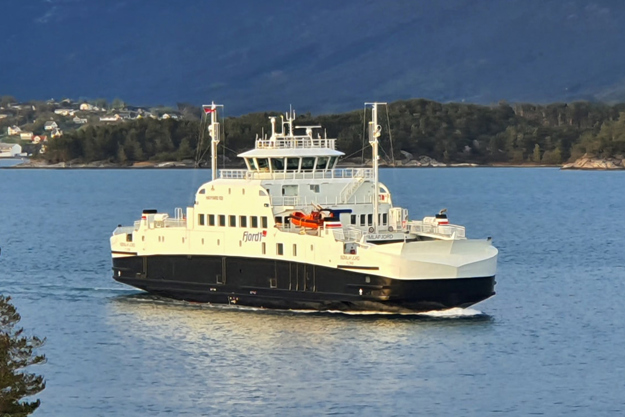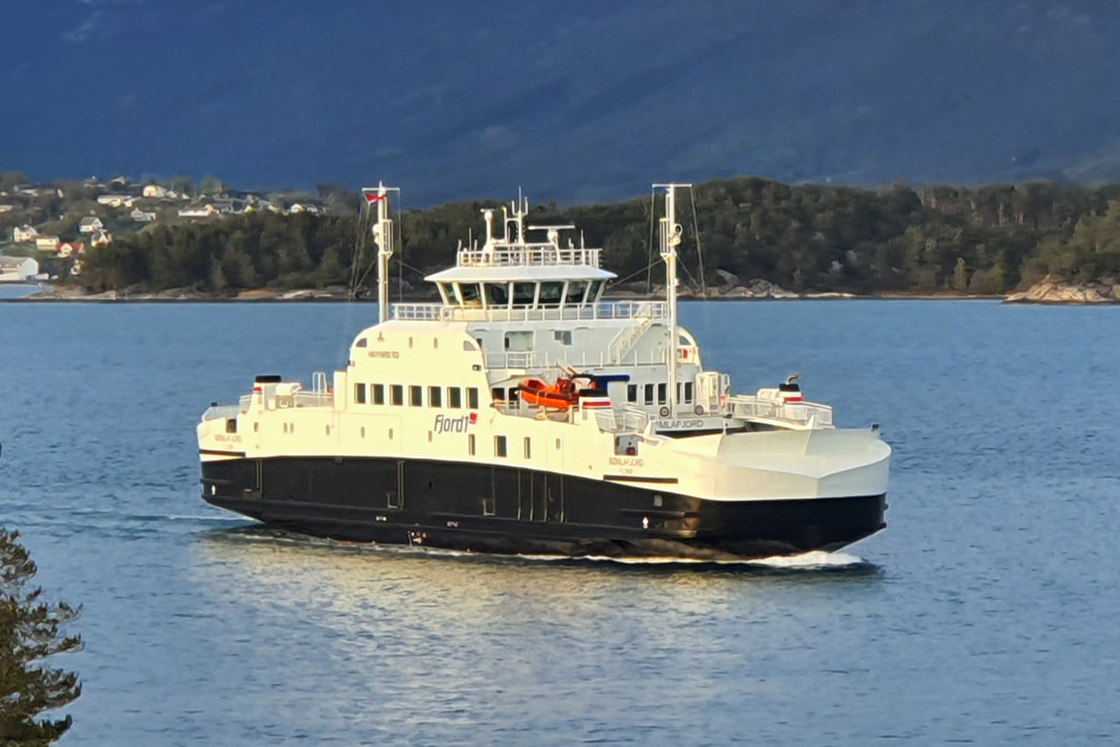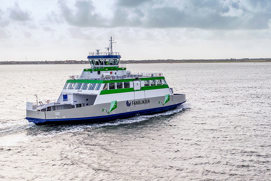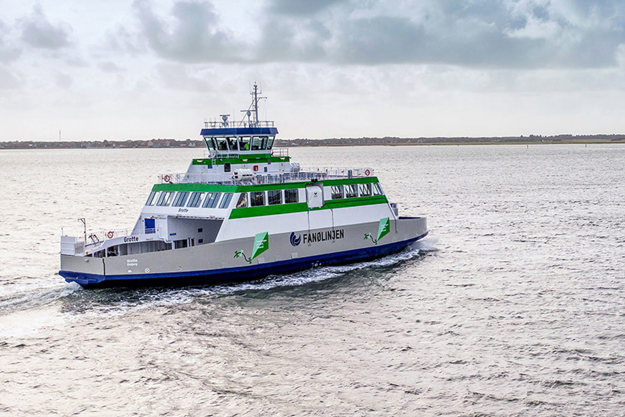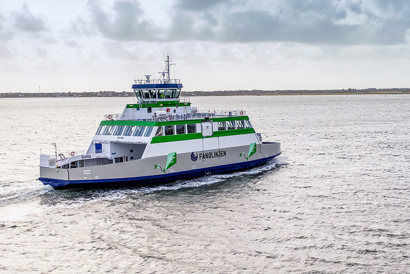FINLAND: The Aurora Botnia hybrid-electric ferry operated by Wasaline is the first vessel in the world to be equipped with high-power liquid-cooled iC7 drives from Danfoss. The RoPax ferry operates between Vaasa, Finland and Umeå, Sweden. It is equipped with a hybrid electric propulsion system onboard, implemented by WE Tech Solutions. This system combines the engines with 2.2 MWh batteries. It uses low-emission hybrid technology, together with four large lithium-ion battery energy-storage systems supporting power generation. This system has already reduced CO2 emission on the ferry route and the use of biogas will reduce emissions even further.
The electric motors, the propulsion system, and the grid-related functionality are controlled by iC7-Marine drives and power converters, providing the best energy efficiency and lowest emissions possible.


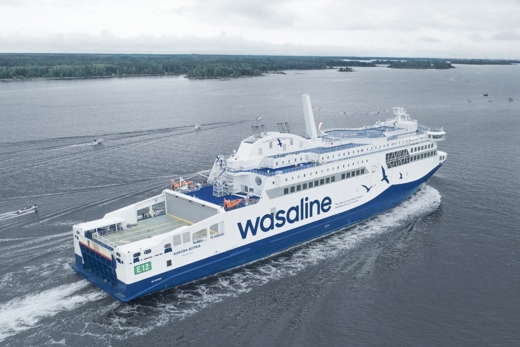
The Challenge: Hybrid-electric RoPax ferry
This Wasaline ferry was chosen as a pilot case for Danfoss Drives iC7 series, with the aim of constructing a highly eco-friendly ship. The new vessel was designed to run on a combination of battery power, liquefied natural gas (LNG), and even biogas. The Aurora Botnia is built to be fully compliant with the International Maritime Organization’s 2030 greenhouse gas reduction target, as well as the European Union’s upcoming Fit for 55 package, making it a true team player in sustainable transportation.
To ensure the highest levels of energy efficiency, a unique Finnish marine industry cooperation was established between WE Tech Solutions, VEO, and Danfoss Drives.
The ferry itself is built using cutting-edge LNG (liquefied natural gas) / battery-electric hybrid technology utilizing iC7-Marine and iC7-Hybrid liquid-cooled modules. This environmentally friendly approach is further enhanced by the advanced propulsion control systems, as well as the air-conditioning, cooling, and pumping systems that utilize VACON® 100 drives, also from Danfoss.
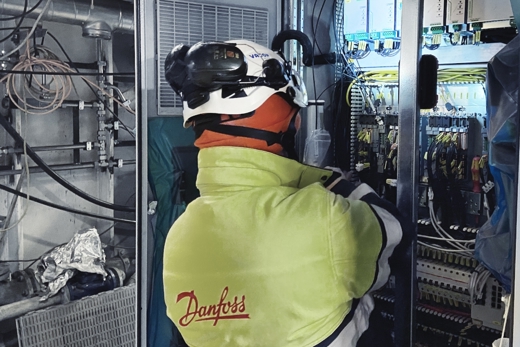
The Solution: A seamless fit
Danfoss Drives is one of multiple companies who worked towards securing and enabling cutting-edge technology onboard the ferry. Working closely with system integrator WE Tech, Danfoss provided AC drives and power converters to complete the hybrid propulsion system. With Danfoss Drives’ approach of universal component compatibility, the iC7-Marine and iC7-Hybrid modules fit seamlessly into any operation system from other providers, ensuring smooth integration and installation.
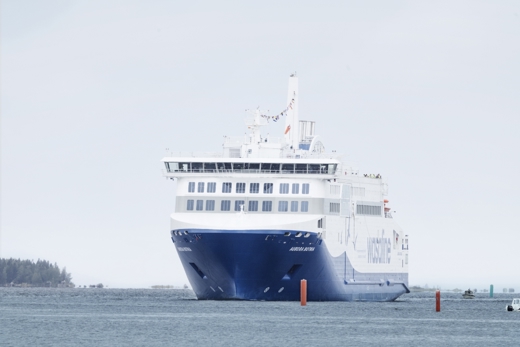
The Outcome: Less noise, fewer emissions
When approaching the harbor area, the Aurora Botnia switches to battery power. This ensures that the vessel is running on zero emissions in port. When berthed, the ferry connects to the onshore electric power grid via a shore supply system, allowing the batteries to recharge. Danfoss power converters ensure seamless matching of the ferry power grid to the harbor shore supply in terms of voltage and frequency. This eliminates the need for the ferry generators to generate electricity and ensures a more environmentally friendly operation.
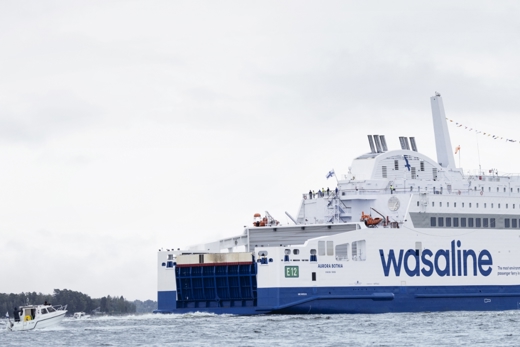
Predictive maintenance for top performance
Using a combination of iC7 series and VACON® 100 drives, Danfoss has developed a system that enables predictive maintenance, for increased operational reliability. The comprehensive remote monitoring system connects the Danfoss AC drives, providing increased operational reliability by anticipating maintenance needs in advance. The system also allows for upgrades and sustainable improvements, further enhancing performance of the equipment.
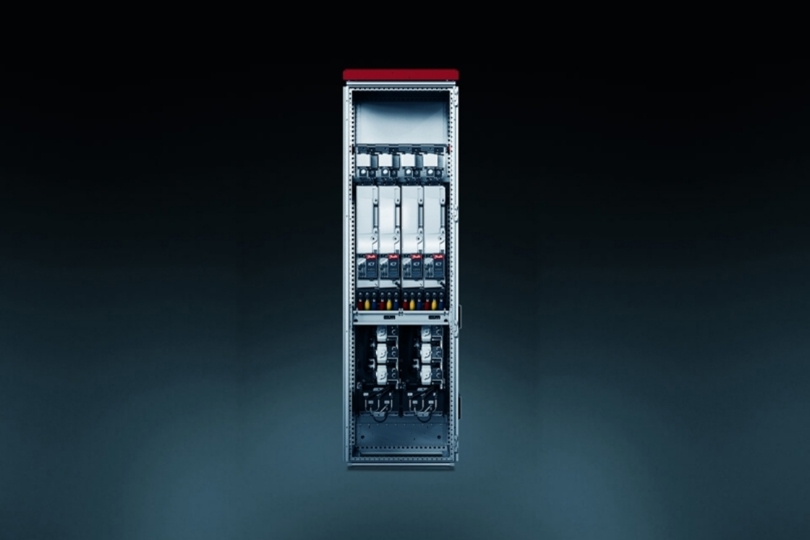
iC7-Marine drives
iC7-Marine drives regulate the two 6 MW propulsion engines and two 1.5 MW bow thrusters.

iC7-Hybrid power converters
iC7-Hybrid power converters support the four 1.5 MW battery energy storage interfaces.
Related case stories
-
if (isSmallPicture) {


 PSW and Danfoss: Flexible onshore power for berthed cruise ships
PSW and Danfoss: Flexible onshore power for berthed cruise shipsNORWAY & SWEDEN: PSW (Power and Automation AS) paired up with Danfoss to create compact OPS solutions in three Nordic harbors: Stockholm, Ålesund and Haugesund/Karmsund.
-
if (isSmallPicture) {


 World’s first ferry powered by iC7-Marine: Aurora Botnia
World’s first ferry powered by iC7-Marine: Aurora BotniaFINLAND: The Aurora Botnia cargo and passenger ferry is equipped with a hybrid-electric propulsion system, powered by liquid-cooled iC7 drives from Danfoss.
-
if (isSmallPicture) {


 VACON® drives electrify passenger ferries in Oslo Fjord
VACON® drives electrify passenger ferries in Oslo FjordNORWAY: Electrification of the Nesodden ferries has reduced CO2 emission in the port of Oslo. VACON® drives and power converters play a key role onboard.
-
if (isSmallPicture) {


 Decarbonizing the next-generation training ship, Skulebas
Decarbonizing the next-generation training ship, SkulebasNORWAY: The new training vessel at Maløy Fishing School uses less diesel and emits less CO2, while also meeting the rigorous demands of the fishing industry.
-
if (isSmallPicture) {


 Where smart ferry charging begins with a smart grid
Where smart ferry charging begins with a smart gridNORWAY: The Hareid-Sulesund ferry operations have reduced CO2 emissions by 7000 tonnes annually with the introduction of electric vessels. In transitioning ferries from diesel to pure electric power, powerful onshore support is essential, in the form of reliable infrastructure for rapid charging capacity and stable grid supply. The systems on board and on shore act as a single system – a sophisticated and competitive system developed by Norwegian Electric Systems (NES) using Danfoss technology.
-
if (isSmallPicture) {


 Danfoss powers 100 percent electric ferry sailing World Heritage waters
Danfoss powers 100 percent electric ferry sailing World Heritage watersMolslinjen – Denmark's largest domestic ferry company – has set its first electric ferry in motion. The E-ferry Grotte will be breaking waves at the UNESCO World Heritage waters between the coastal town of Esbjerg and the island Fanø – and Danfoss is on board. The future holds great potential to operate shorter routes by electric ferries.

